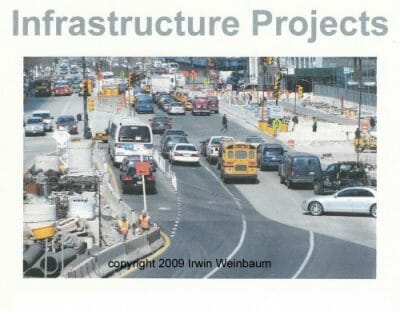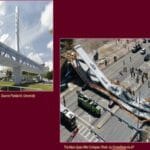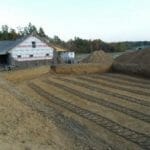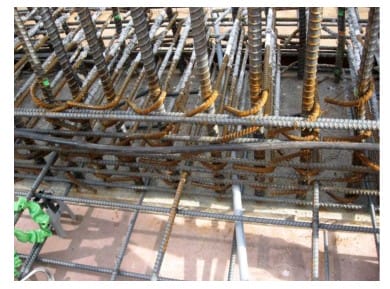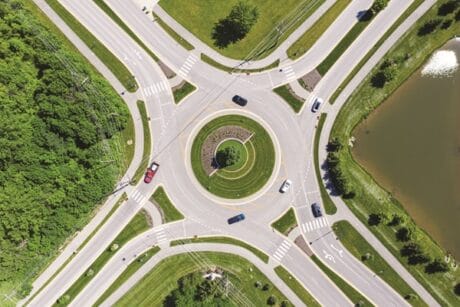No products in the cart.
- Course No E – 1436
- PDH Units 6.00
Course No E - 1436
PDH Units 6.00
- Course No E – 1436
- PDH Units 6.00
Course No E - 1436
PDH Units 6.00
Intended Audience: Civil Engineers
PDH UNITS: 6
How to Design, Construct & Manage Infrastructure Projects
On November 5, 2015, the House passed a $300 billion bill to improve our roads and bridges. This is an excellent opportunity to sharpen your skills and technical understanding of how to design, construct and manage successful infrastructure projects through real-world applications. The media-rich content in this course includes photos and videos of major infrastructure projects, many associated with the post 9/11 reconstruction of lower Manhattan. The PDH course is also narrated by a well-recognized and highly-regarded expert in the construction industry.Infrastructure Projects Course Outline
-
-
- Support of Excavation Basics - Part 1
-
-
- Support of Excavation Basics - Part 2
-
- Support of Excavation Advanced - Secant Pile Walls
-
- Support of Excavation Advanced - Slurry Walls
-
- Cut and Cover Tunnels - Part 1
-
- Cut and Cover Tunnels - Part 2
Once completed, your order and certificate of completion will be available in your profile when you’re logged in to the site.

